

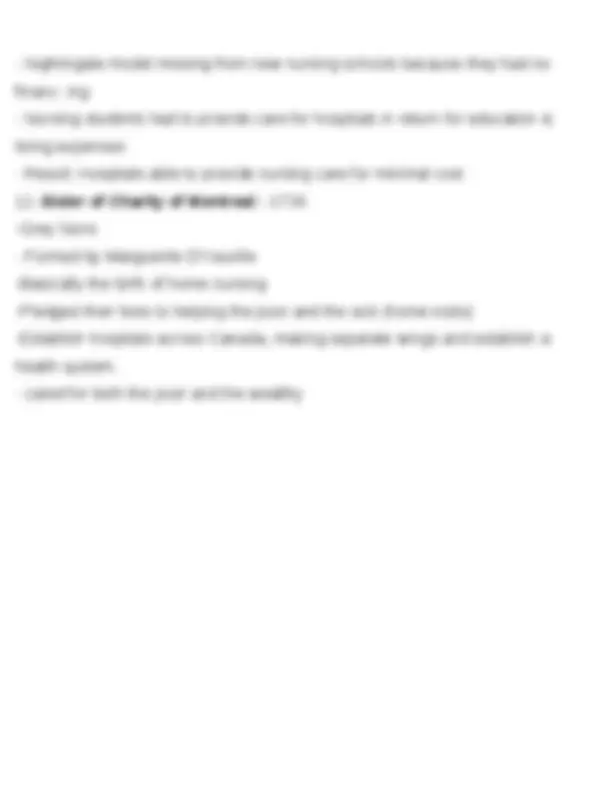
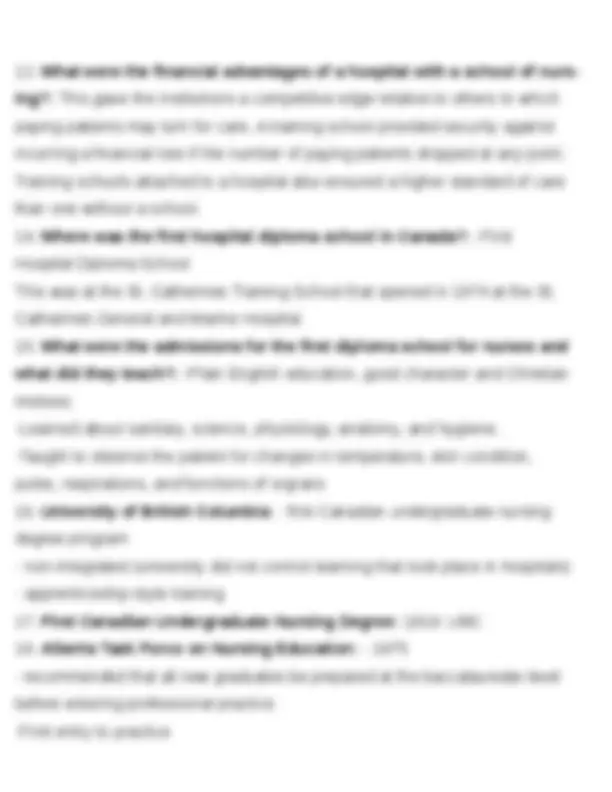
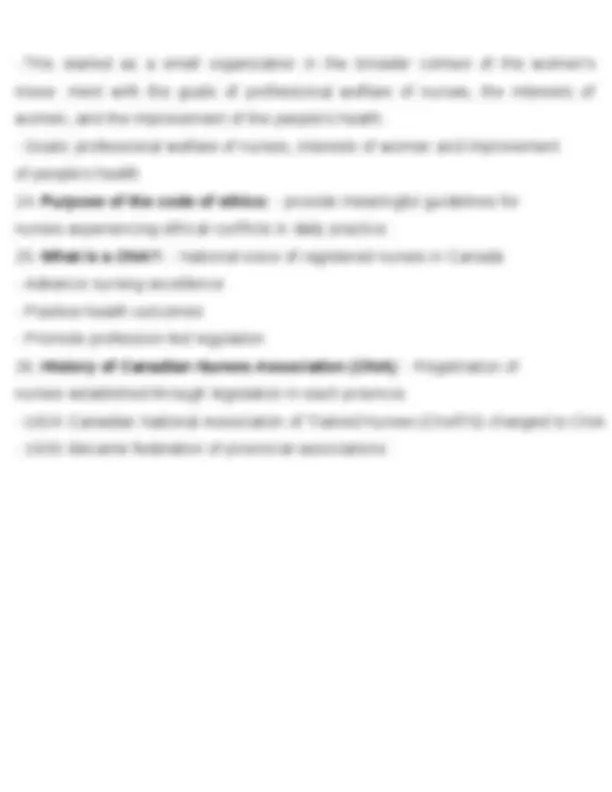
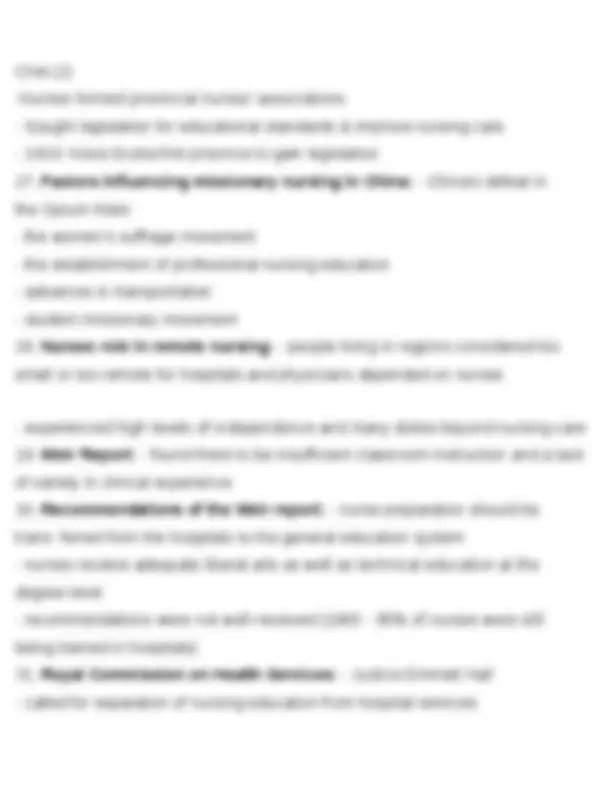


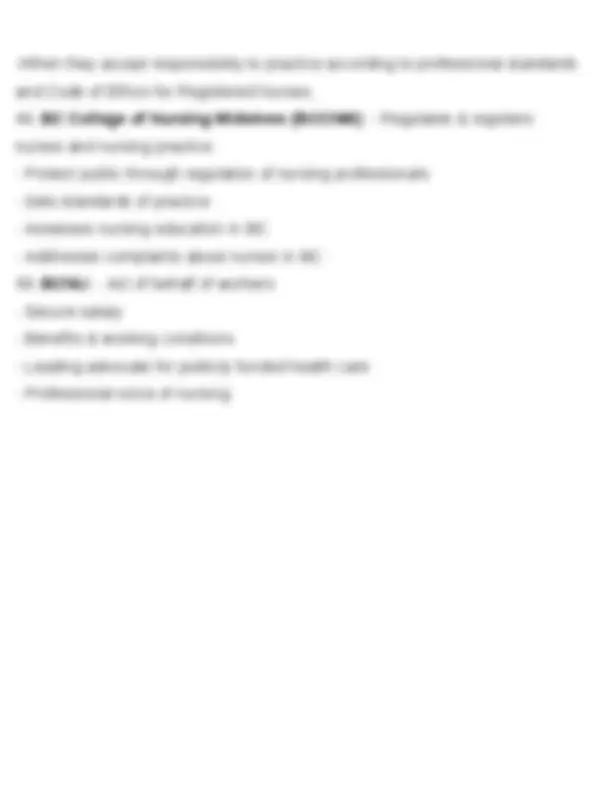
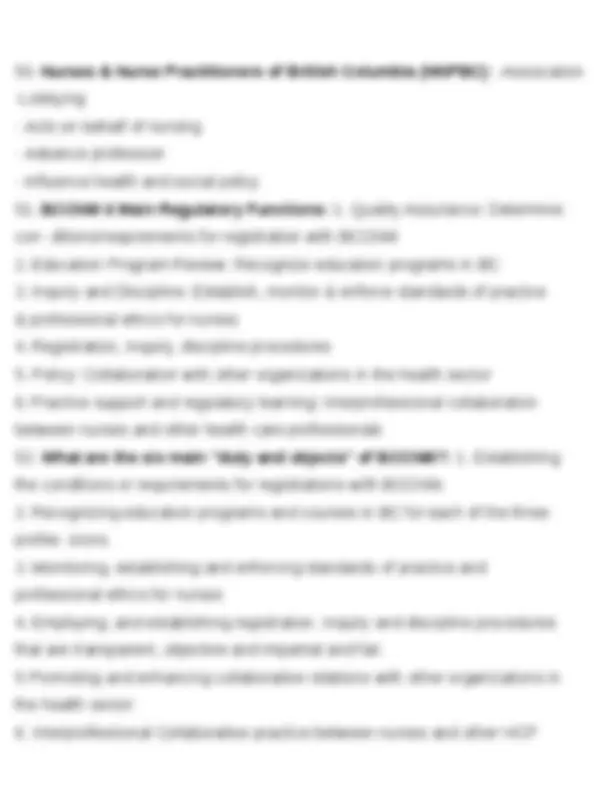
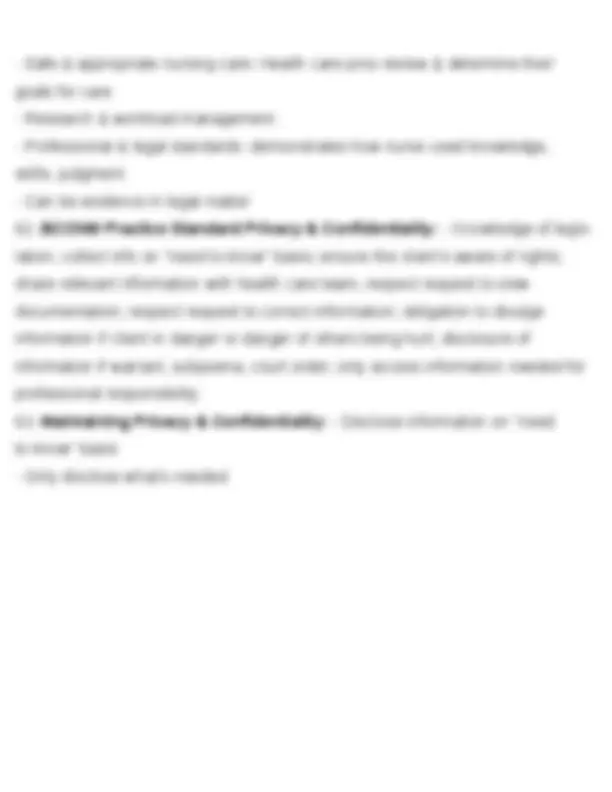


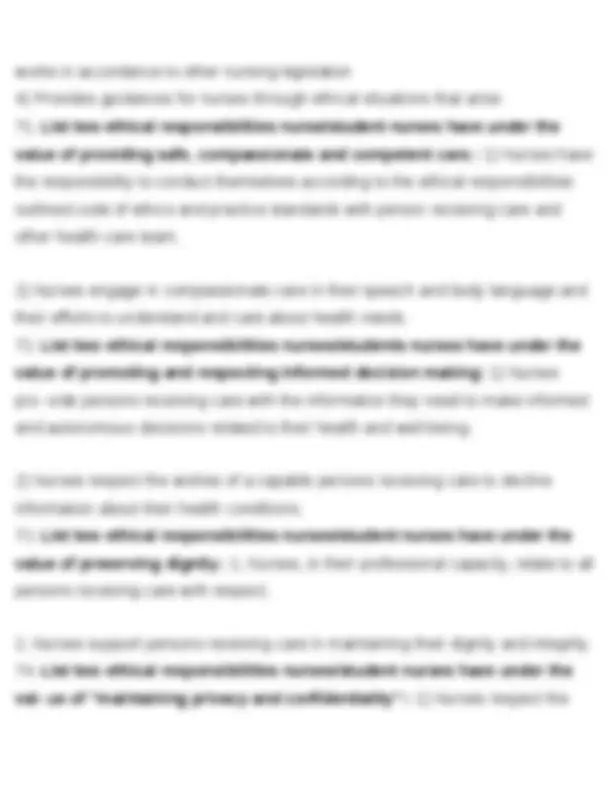
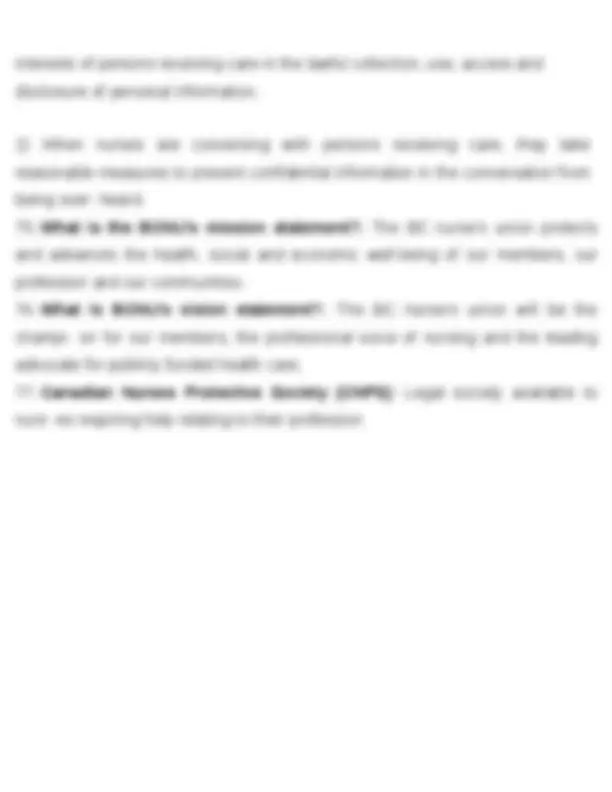
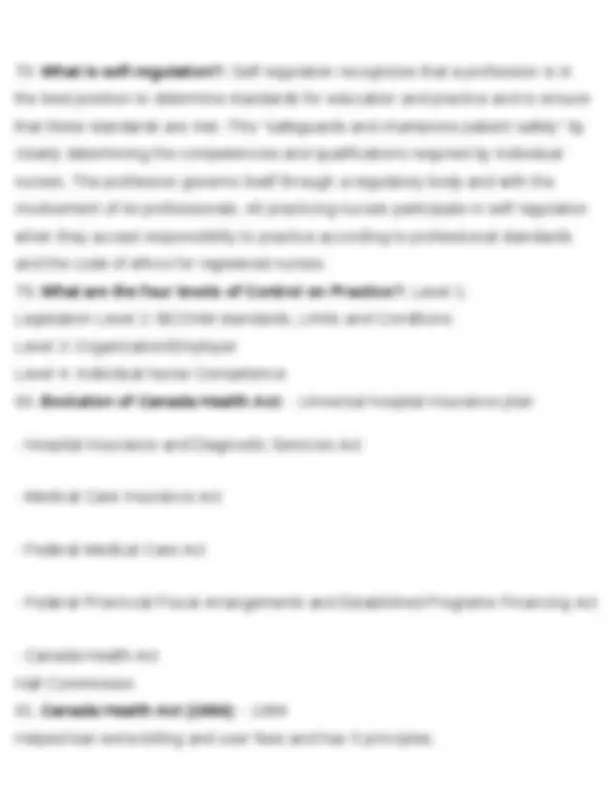
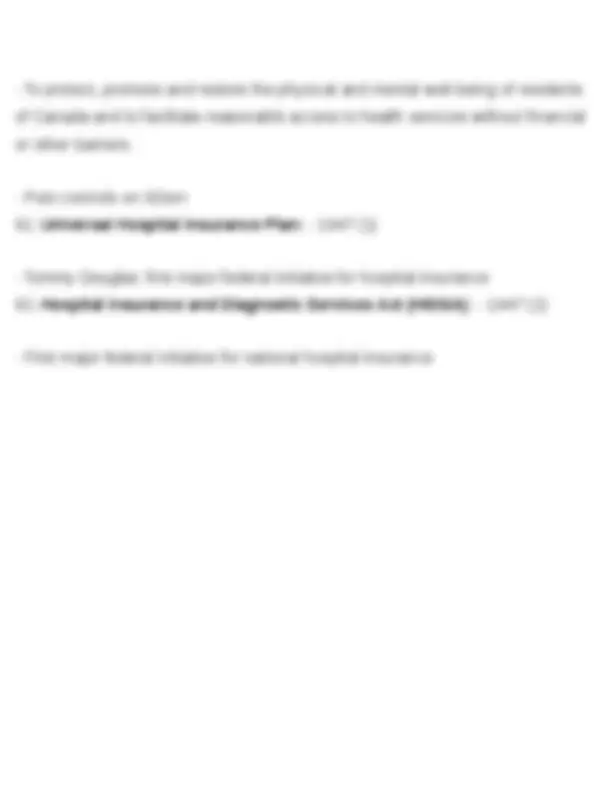
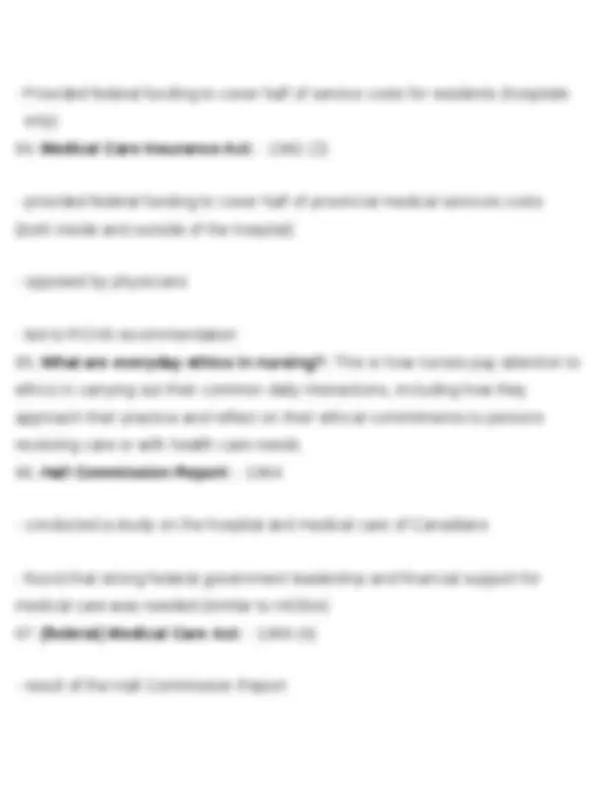





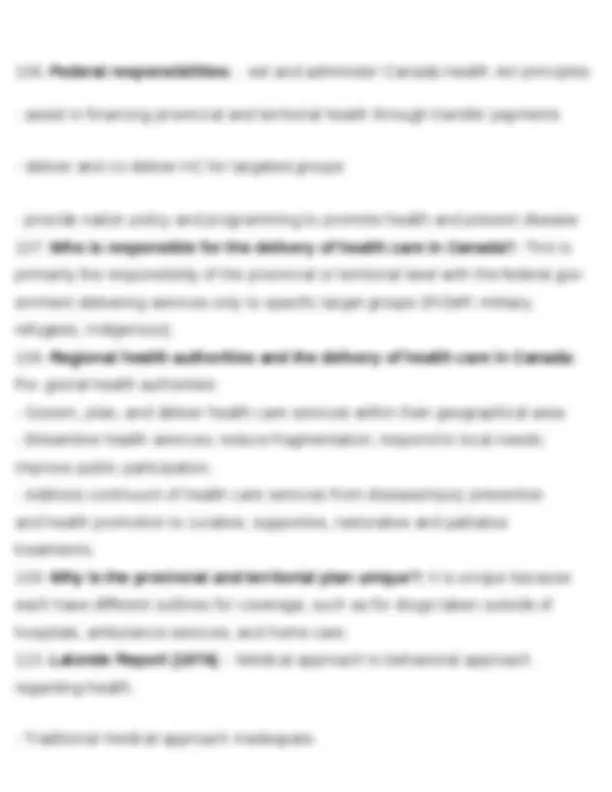

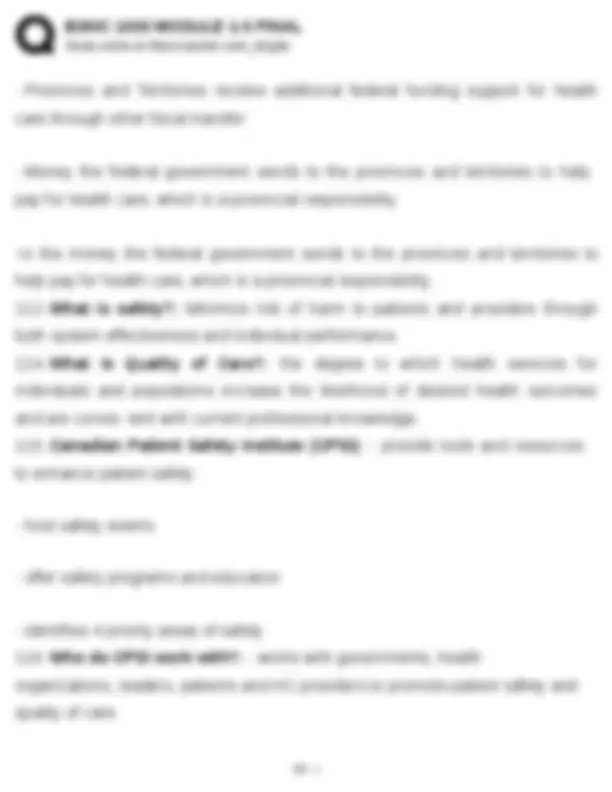
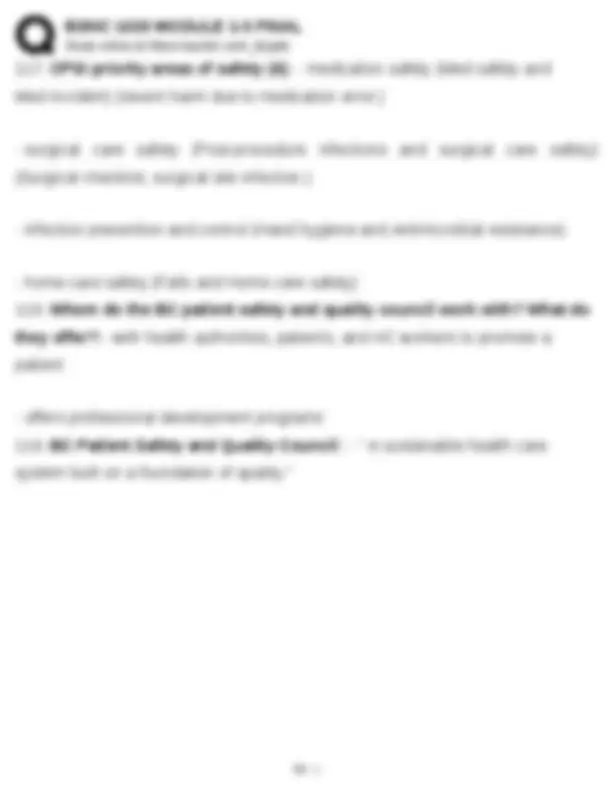

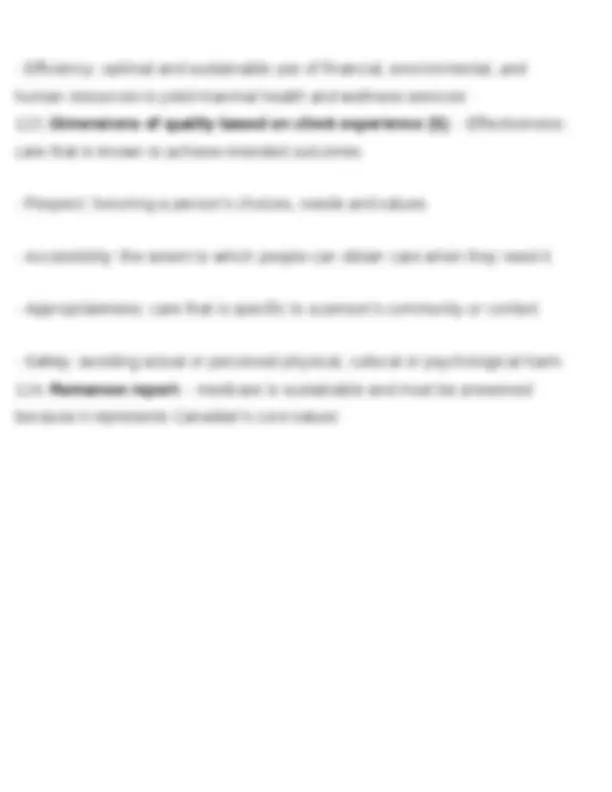
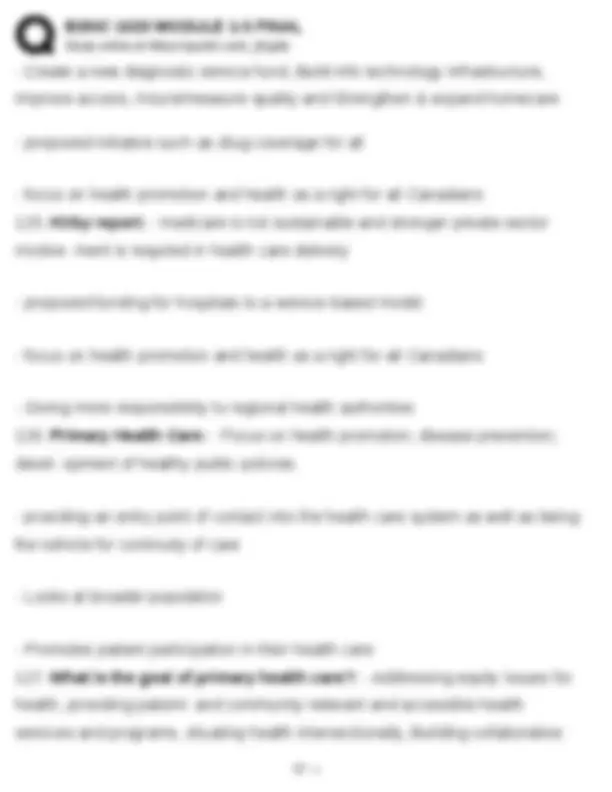
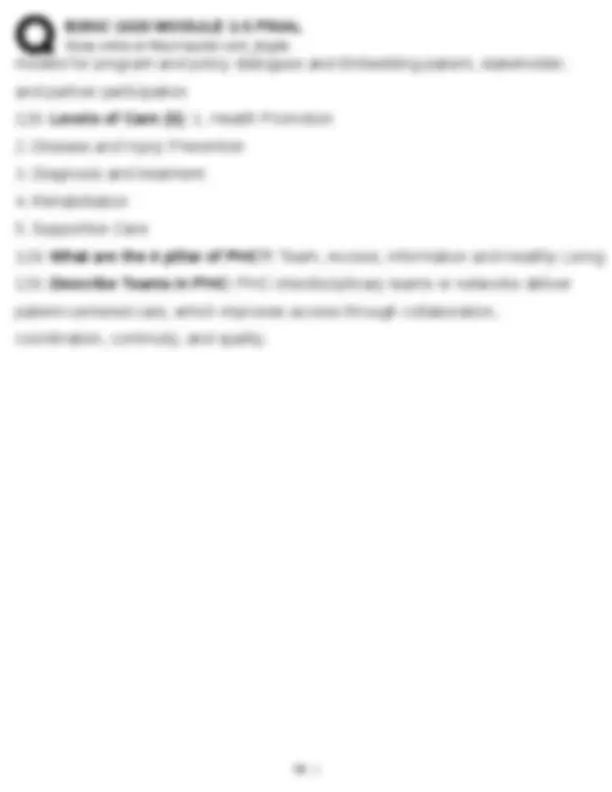
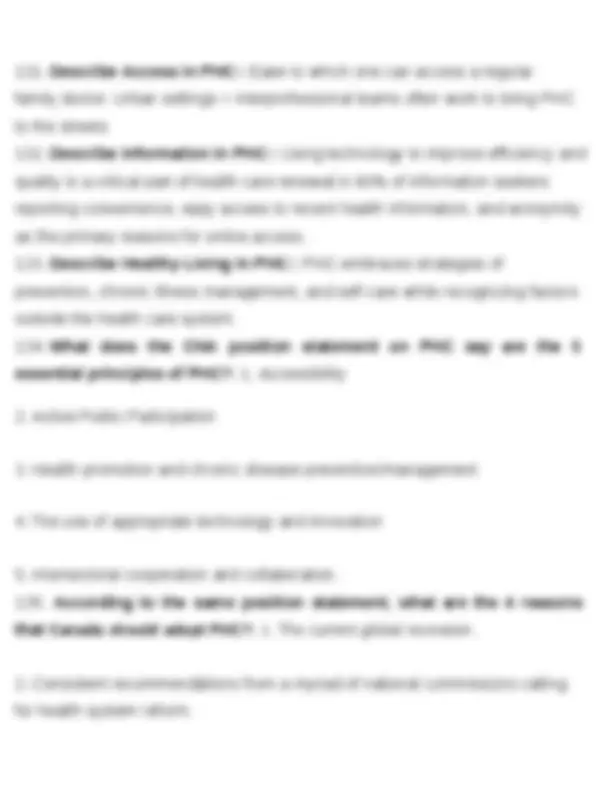
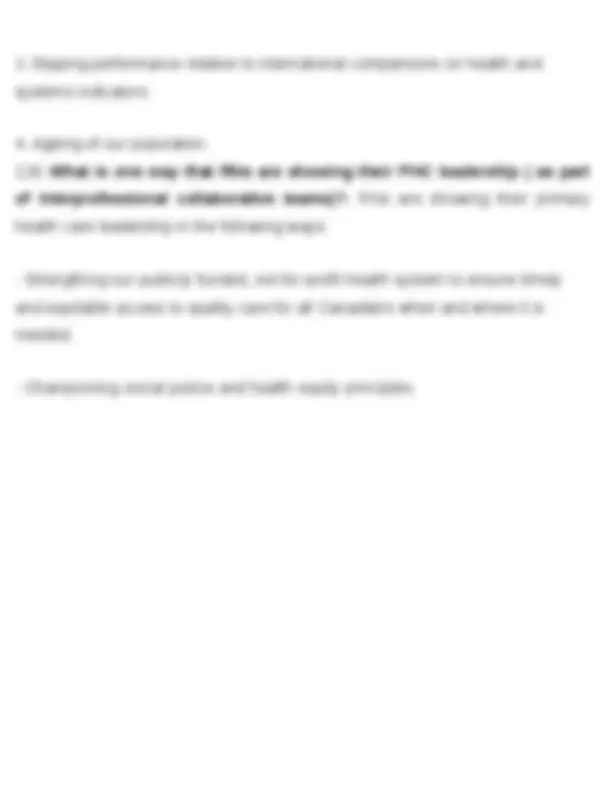
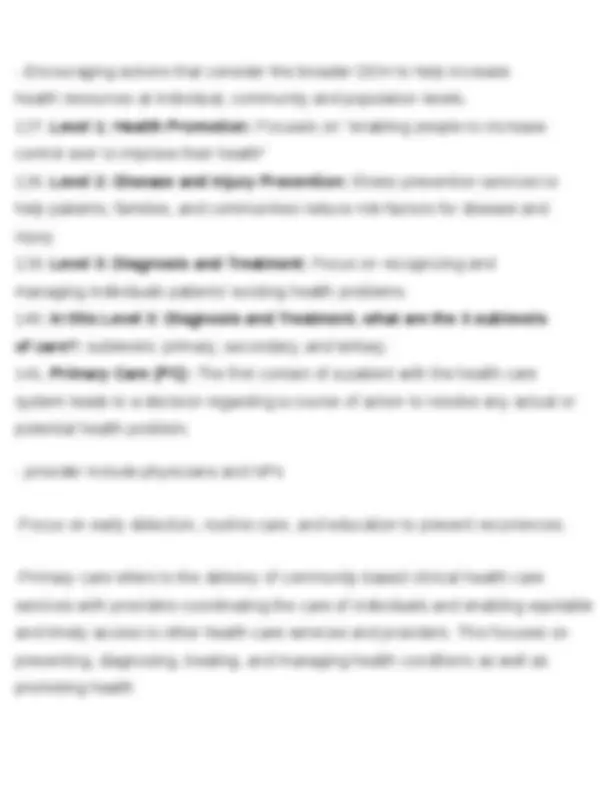
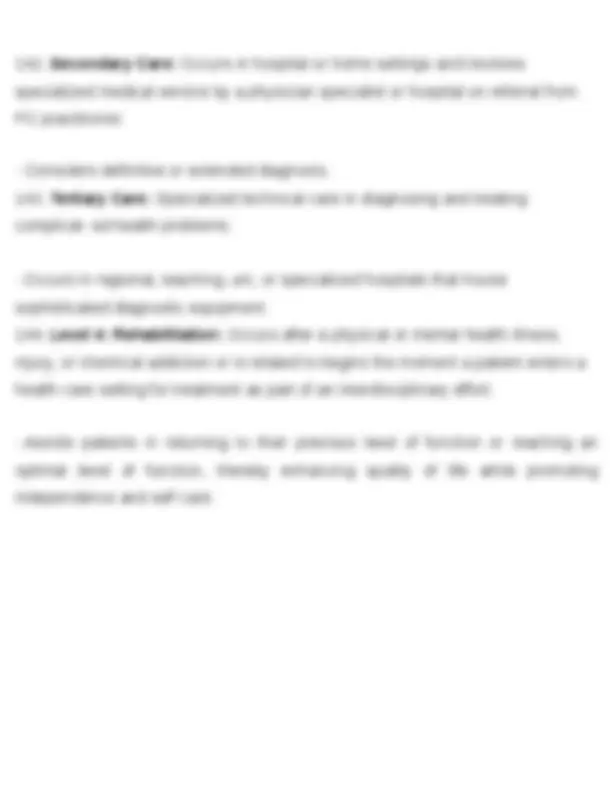



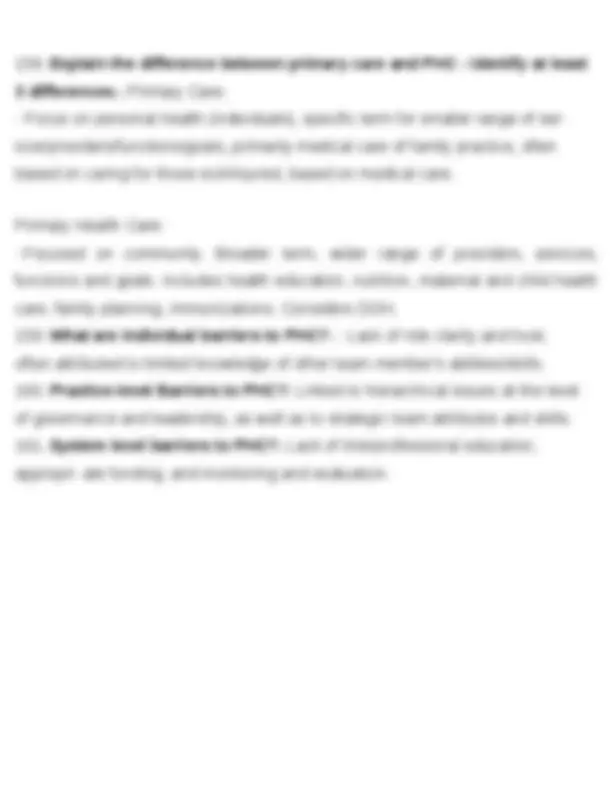
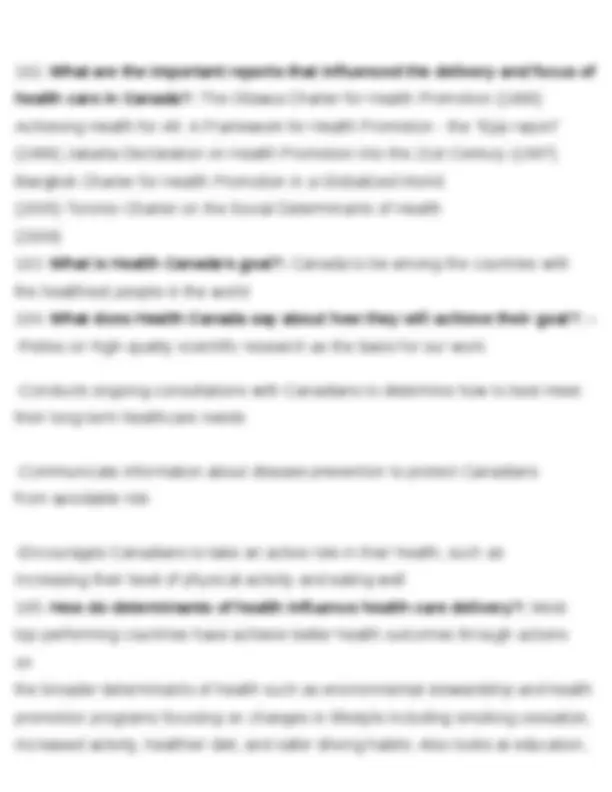
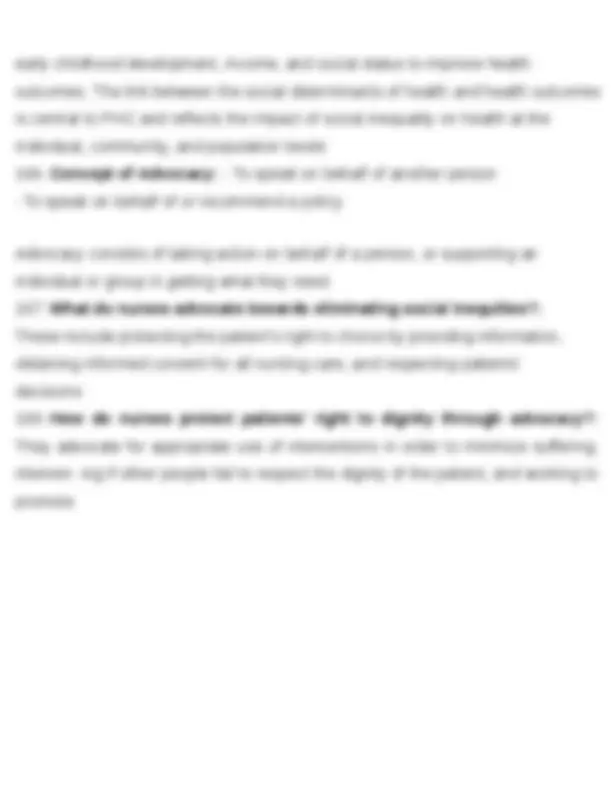
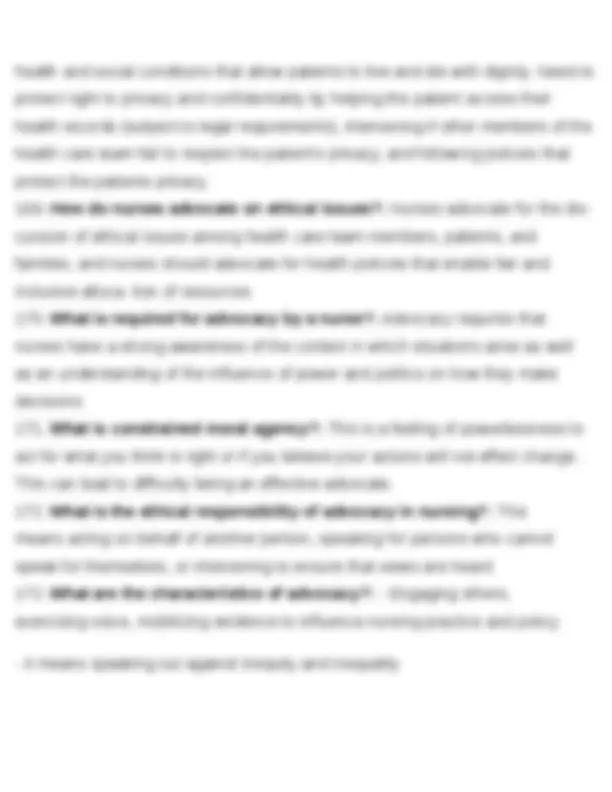
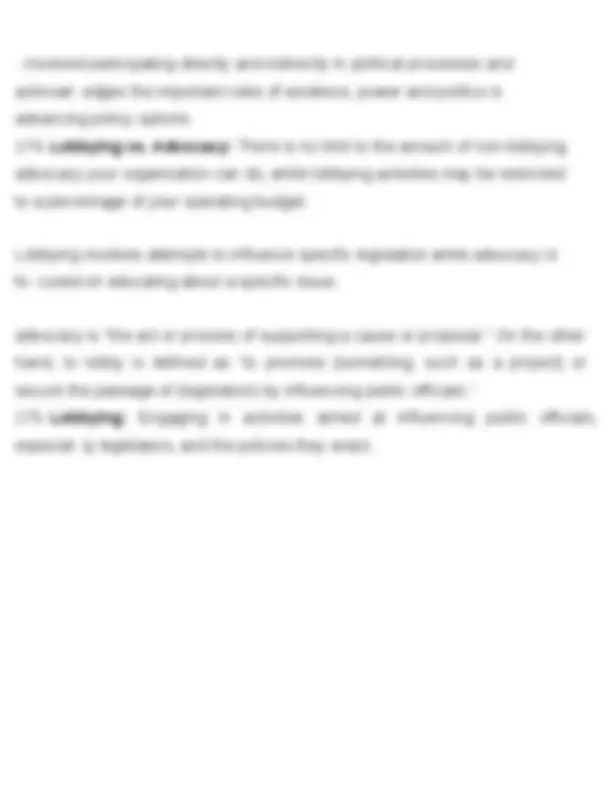


Study with the several resources on Docsity

Earn points by helping other students or get them with a premium plan


Prepare for your exams
Study with the several resources on Docsity

Earn points to download
Earn points by helping other students or get them with a premium plan
Community
Ask the community for help and clear up your study doubts
Discover the best universities in your country according to Docsity users
Free resources
Download our free guides on studying techniques, anxiety management strategies, and thesis advice from Docsity tutors
BSNC 1020 MODULE 1-5 FINAL EXAM 2023/BSNC 1020 MODULE 1-5 FINAL EXAM 2023/BSNC 1020 MODULE 1-5 FINAL EXAM 2023/BSNC 1020 MODULE 1-5 FINAL EXAM 2023/BSNC 1020 MODULE 1-5 FINAL EXAM 2023/BSNC 1020 MODULE 1-5 FINAL EXAM 2023/BSNC 1020 MODULE 1-5 FINAL EXAM 2023/BSNC 1020 MODULE 1-5 FINAL EXAM 2023
Typology: Exams
1 / 50

This page cannot be seen from the preview
Don't miss anything!











































1 / 25
2 / 25
in Western Canada. 134 of its graduates served as nurses in WWI -1890: By this point hospitals in Montreal, Fredricton, Saint John, Halifax, and Charlottetown had opened schools of nursing -1891: Vancouver General Hospital began a school of nursing -1894: Medicine Hat opened a school of nursing
in education for women in nursing did not come easily. This occurred over two decades
in 1990, makes the decision whether a particular profession will be regulated by a college under the Health Professions Act.
-When they accept responsibility to practice according to professional standards and Code of Ethics for Registered Nurses.
understand when to report, what to report, and how to report, and know what is ethically required.